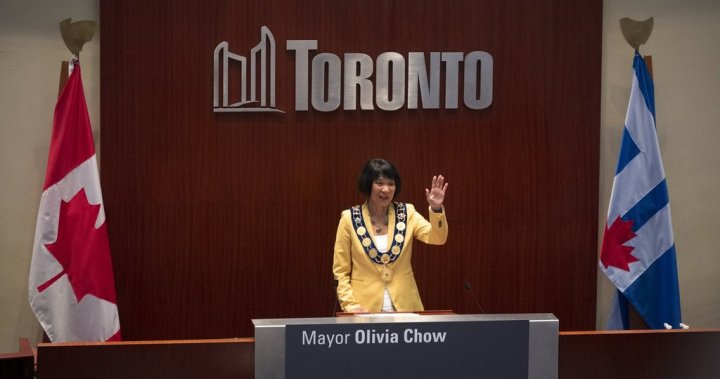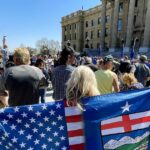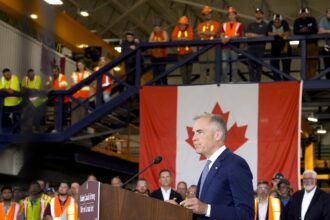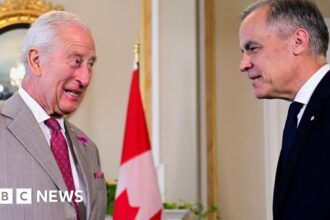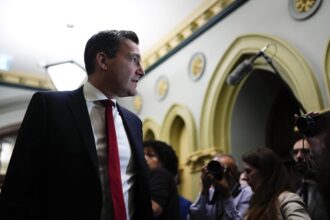In a decisive move to balance freedom of expression with community safety, Toronto City Council voted overwhelmingly on Tuesday to establish “bubble zones” around schools and places of worship. The new bylaw, passed with a commanding 22-3 vote, will prohibit demonstrations within 100 meters of these institutions when targeting activities occurring within them.
The legislation comes after months of escalating tensions across the city, where protests—particularly those focused on the Israel-Hamas conflict—have disrupted educational environments and religious gatherings. Mayor Olivia Chow, who championed the measure, framed it as a necessary protection for vulnerable communities.
“No child should feel intimidated walking to school, and no person should feel threatened while practicing their faith,” Mayor Chow stated during council deliberations. “This balanced approach protects both freedom of expression and our community’s right to safety and peace.”
The bylaw specifically targets demonstrations that “unreasonably interfere” with access to these institutions or create intimidating environments for those entering or leaving. Violations could result in fines reaching $50,000 for corporations and $25,000 for individuals upon conviction.
Civil liberties advocates have expressed concern about potential constitutional challenges. The Canadian Civil Liberties Association warned the measure could face legal scrutiny under Charter protections for freedom of expression and assembly. However, city legal staff advised council that similar “bubble zone” legislation has previously withstood constitutional challenges when narrowly defined and addressing legitimate safety concerns.
City Councillor Josh Matlow, who initially proposed the measure in February, pointed to evidence of disruption that extended beyond peaceful protest. “We’ve seen demonstrations where protesters have used megaphones directly outside school windows during class time, displayed graphic images visible to young children, and blocked entrances to synagogues during services,” Matlow explained.
School board officials welcomed the decision, citing incidents where students reported feeling intimidated or unsafe. “Educational environments must remain sanctuaries for learning,” said Toronto District School Board Chair Rachel Chernos Lin. “This bylaw helps ensure that students can focus on their education without external disruption or fear.”
The bylaw is expected to take effect in early August following final legal review. Implementation will involve coordination between city bylaw officers and Toronto Police Service, with enforcement prioritizing education before penalties.
While the bylaw addresses a specific category of demonstrations, it does not prevent protests in other public spaces throughout the city. Demonstrators retain their right to assemble at city halls, public squares, and other traditional forums for public expression—just not in immediate proximity to schools and places of worship when targeting activities within those institutions.
As Toronto implements this new protective measure, questions remain about how it will reshape the landscape of public demonstration in Canada’s largest city. Will this approach effectively balance safety concerns with free expression rights, or might it establish a precedent for further restrictions on where Canadians can voice their political views?
For more coverage of Toronto municipal affairs, follow our ongoing reporting at CO24 News.

